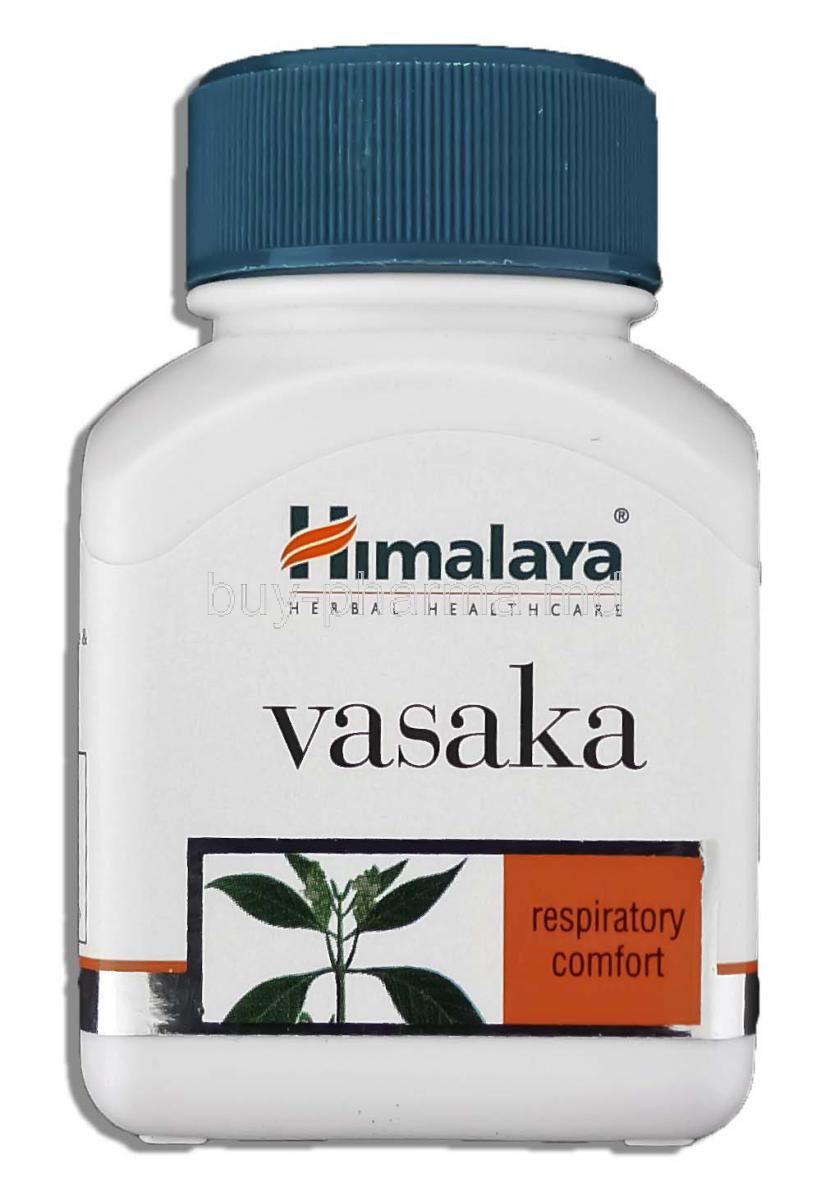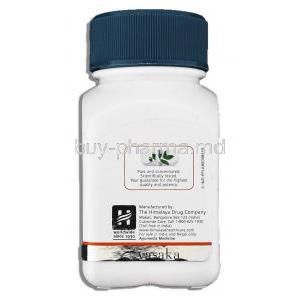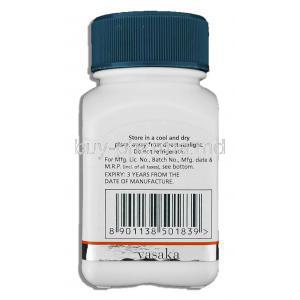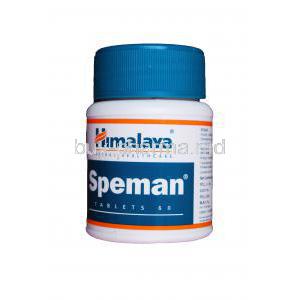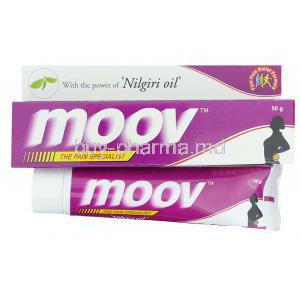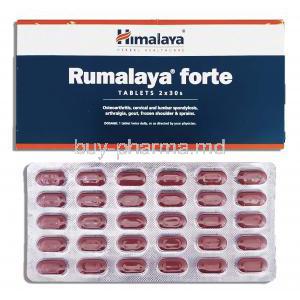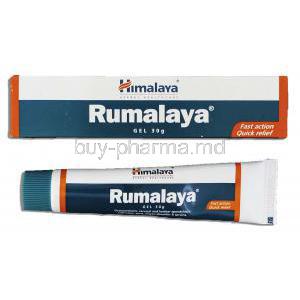HImalaya Vasaka
- Introduction to Himalaya Vasaka
- Active Ingredients and Natural Composition
- Mechanism of Action: How Himalaya Vasaka Works in the Body
- Himalaya Vasaka Benefits
- Off-Label and Traditional Uses of Vasaka
- Dosage Guidelines and Administration Instructions
- Side Effects and Tolerability Profile
- Himalaya Vasaka Side Effects
- Important Precautions Before Using Himalaya Vasaka
- Drug and Herbal Interactions with Himalaya Vasaka
- Warnings and Contraindications
- Careful Administration in Special Health Conditions
- Use in Elderly Patients: Considerations and Adjustments
- Use in Pregnant Women and Nursing Mothers
- Use in Pediatric Population and Adolescents
- Overdose Risks and Emergency Response
- Storage Recommendations and Product Shelf Life
- Safe Handling and Product Usage Guidelines
Introduction to Himalaya Vasaka
Himalaya Vasaka is a revered herbal formulation derived from the ancient medicinal plant Adhatoda vasica, known for its powerful respiratory-supporting properties. Rooted in Ayurvedic traditions, this botanical remedy has been utilized for centuries to treat ailments related to the respiratory tract.
In Ayurveda, Vasaka is prized for its ability to balance the Kapha and Pitta doshas, addressing issues such as congestion, wheezing, and excessive mucus. Today, it has been embraced in contemporary herbal medicine and phytotherapy, finding a place in health routines across the globe.
Himalaya Vasaka is available in various convenient forms including tablets, syrups, and powders, making it accessible for both adults and children.
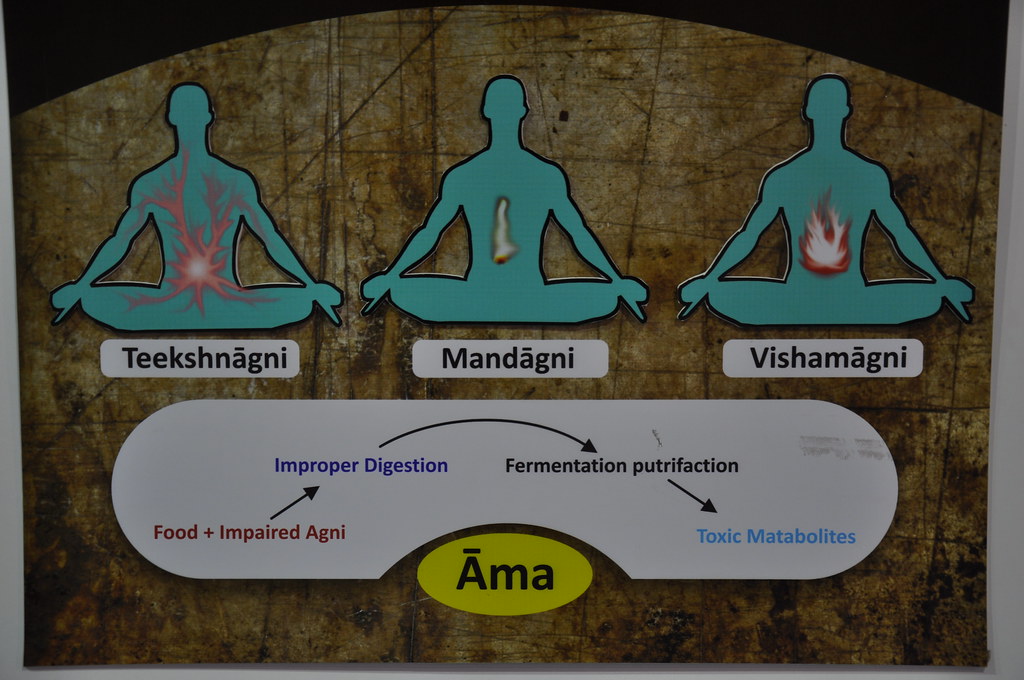
Active Ingredients and Natural Composition
The primary source of Vasaka extract is the Adhatoda vasica plant, which thrives in tropical and subtropical regions. Known for its lance-shaped leaves and bitter taste, this plant is a powerhouse of bioactive molecules.
- Vasicine: an alkaloid that relaxes bronchial muscles and enhances airflow.
- Vasicinone: a derivative of vasicine with anti-inflammatory effects.
- Essential oils and flavonoids: support respiratory cleansing and immune balance.
Himalaya standardizes its Vasaka products to maintain consistent potency and purity. The formulation may also include stabilizing agents or complementary herbs such as licorice or tulsi, enhancing therapeutic efficacy.
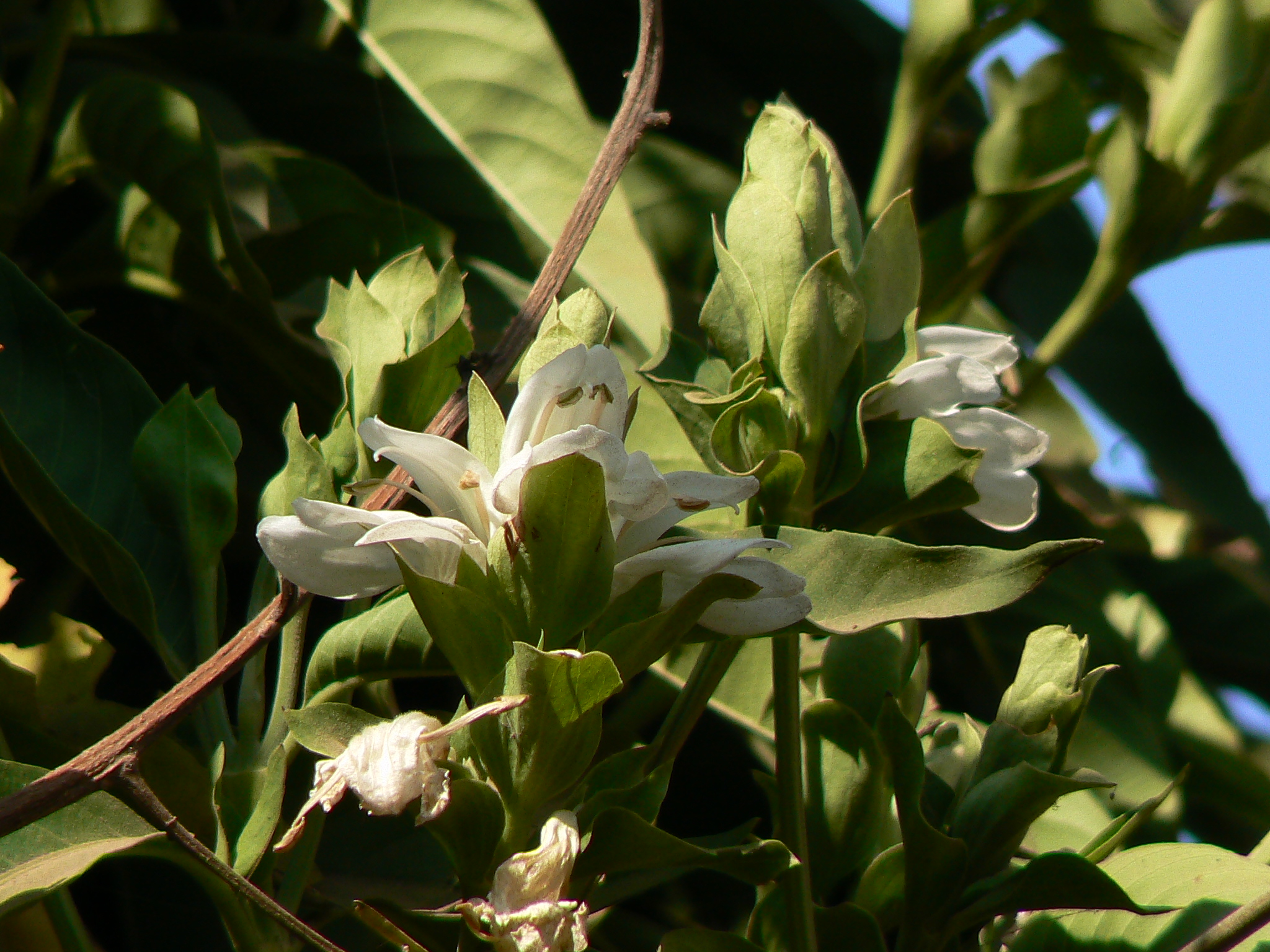
Mechanism of Action: How Himalaya Vasaka Works in the Body
Himalaya Vasaka exerts multiple therapeutic effects, primarily targeting the respiratory system:
- Bronchodilation: Vasicine relaxes bronchial muscles, improving airflow and reducing wheezing.
- Mucolytic action: It liquefies thick mucus, making expectoration easier and relieving chest congestion.
- Anti-inflammatory and antimicrobial effects: The herb mitigates inflammation in the respiratory tract and inhibits microbial growth.
- Antioxidant activity: Neutralizes free radicals and supports tissue repair.
Himalaya Vasaka Benefits
Himalaya Vasaka is widely used for the treatment of respiratory conditions. Its applications include:
- Vasaka for cough: Relieves dry and productive cough by soothing irritated airways and thinning mucus.
- Managing chronic respiratory diseases such as bronchitis and asthma.
- Reducing throat discomfort associated with common cold, influenza, and allergic rhinitis.
- Traditional Ayurvedic use in Kasa (cough) and Swasa (breathing difficulty).
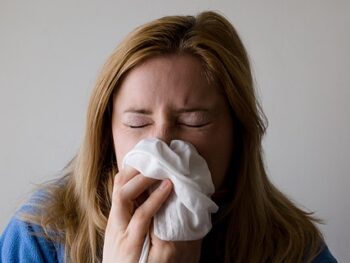
Off-Label and Traditional Uses of Vasaka
Beyond its primary respiratory applications, Vasaka has been used traditionally for:
- Supporting treatment in tuberculosis and sinusitis.
- Alleviating joint pain and swelling in arthritis due to anti-inflammatory action.
- Controlling minor bleeding disorders like hemoptysis and menorrhagia.
- Helping with fever reduction and minor digestive disturbances.
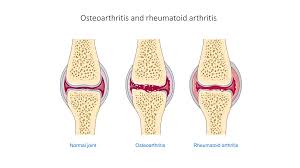
Dosage Guidelines and Administration Instructions
Dosage may vary based on age, form, and severity of symptoms. General guidelines include:
- Adults: 1-2 tablets twice daily or 5-10 mL syrup twice daily after meals.
- Children (above 5 years): Half the adult dose, under supervision.
Best taken after food to minimize gastric irritation. For acute conditions, use may be limited to 5-7 days, while chronic ailments may require prolonged use under professional guidance.
Side Effects and Tolerability Profile
Himalaya Vasaka is generally well tolerated. Its natural origin contributes to a favorable safety profile. However, users may occasionally report:
- Gastrointestinal discomfort including bloating or indigestion.
- Nausea or metallic/bitter aftertaste.
- Mild skin rash in rare allergic individuals.
Adverse effects usually subside upon dosage adjustment or discontinuation.
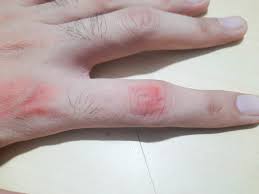
Himalaya Vasaka Side Effects
User feedback reveals some common, non-serious effects:
- Aversion to taste or mild throat irritation after syrup intake.
- Low blood pressure causing light headache or dizziness, especially on an empty stomach.
- Loose stools due to mucolytic properties in sensitive individuals.
- Occasional fatigue or drowsiness reported anecdotally.

Important Precautions Before Using Himalaya Vasaka
Certain precautions are recommended to ensure safe use:
- Consult a healthcare provider for persistent or chronic respiratory illness.
- Use cautiously in individuals with pre-existing liver or renal conditions.
- Do not substitute Vasaka for prescription medication in severe respiratory distress.
- Immediately discontinue in case of allergic reactions such as rash or shortness of breath.
Regular monitoring is advised if used long-term, especially in vulnerable populations.
Drug and Herbal Interactions with Himalaya Vasaka
While Himalaya Vasaka is a natural remedy, its bioactive compounds may interact with certain medications and herbs. Caution is advised in the following scenarios:
- Bronchodilators and antihistamines: Combined use may enhance bronchodilatory effects, requiring close monitoring of respiratory response.
- Other Ayurvedic expectorants: When used alongside herbs like tulsi, licorice, or ginger, additive mucolytic or sedative effects may occur.
- Anticoagulants and sedatives: Herb-drug synergy may increase bleeding risk or drowsiness due to overlapping phytochemical actions.
Patients on prescription medications, particularly for respiratory, cardiac, or neurological conditions, should seek professional guidance before initiating Vasaka therapy.
Warnings and Contraindications
Himalaya Vasaka is not universally appropriate. Specific contraindications must be considered:
- Known allergy to Adhatoda vasica or related plants warrants strict avoidance.
- Individuals with active peptic ulcers or gastrointestinal irritation may experience symptom exacerbation.
- Uncontrolled asthma or acute respiratory distress should not be managed solely with herbal remedies.
- Not intended for lower respiratory tract infections requiring antibiotic intervention.
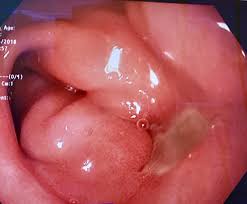
Careful Administration in Special Health Conditions
Patients with chronic or comorbid health conditions should approach Vasaka with prudence:
- In chronic bronchitis, asthma, or COPD, use under supervision is crucial to prevent bronchospasm.
- Diabetic and hypertensive individuals may require monitoring for metabolic changes or herb-drug interaction.
- Coexisting liver or kidney dysfunction demands dosage adjustments or complete avoidance.
- Prolonged use should be coupled with routine evaluation of respiratory and systemic function.
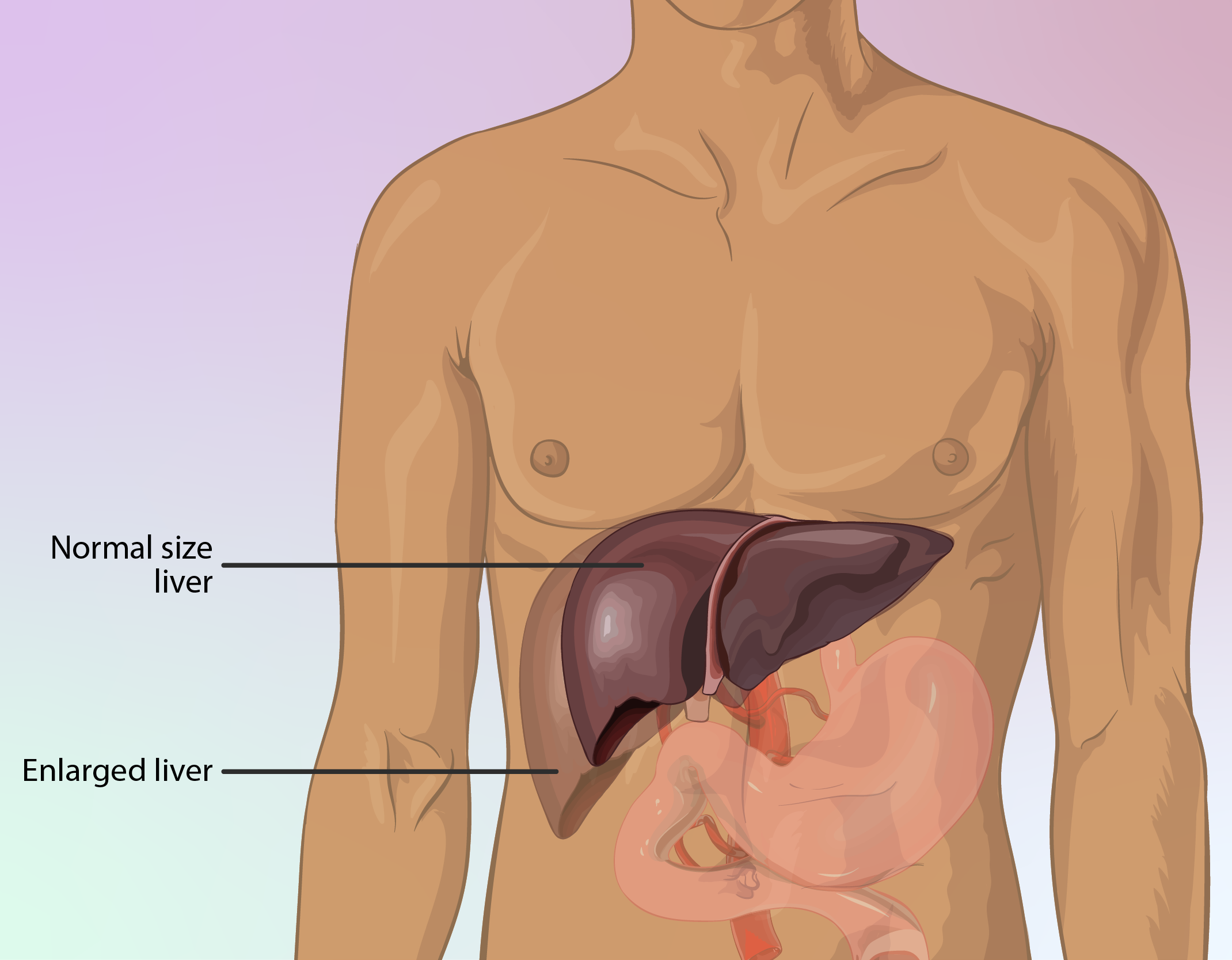
Use in Elderly Patients: Considerations and Adjustments
Geriatric patients often display altered pharmacodynamics and may require individualized treatment plans:
- Dosage should be reduced based on age-related decline in metabolism and organ function.
- Monitor for drowsiness, gastrointestinal upset, or fluid imbalance.
- Review concurrent medications to avoid polypharmacy-related interactions.
- In patients with chronic lung disease, respiratory evaluation is advised before initiating therapy.

Use in Pregnant Women and Nursing Mothers
There is limited scientific evidence on the safety of Vasaka in pregnancy and lactation:
- Due to its potential uterotonic activity, it is traditionally avoided during pregnancy, especially in the first and third trimesters.
- During breastfeeding, it is best avoided unless explicitly recommended by a healthcare provider.
- Alternatives like ginger or honey-based preparations may offer safer options under medical supervision.

Use in Pediatric Population and Adolescents
While Himalaya Vasaka is available in child-friendly formulations, usage must be age-appropriate:
- Approved for children above 5 years as per most commercial labeling.
- Pediatric syrup should be administered in measured doses using the included dosage cap or spoon.
- Monitor for drowsiness, loose stools, or hypersensitivity reactions in young users.
- Infants and toddlers should not be given Vasaka without explicit pediatric approval.
Overdose Risks and Emergency Response
Though generally safe at recommended doses, excess intake can provoke adverse symptoms:
- Nausea, vomiting, diarrhea, or abdominal discomfort.
- Restlessness, sweating, or signs of mild toxicity.
- Bronchospasm or respiratory distress may occur in extreme overdose.
Immediate care includes supportive measures, fluid replacement, and symptomatic management. Always store the product securely away from children to prevent accidental ingestion.
Storage Recommendations and Product Shelf Life
To maintain the integrity and efficacy of Himalaya Vasaka:
- Store at room temperature (ideally between 15°C and 25°C) in a dry environment.
- Avoid exposure to direct sunlight, moisture, or heat sources.
- Check the expiration date before use and do not consume past the printed shelf life.
- Discard opened syrup bottles after 60 days or as per labeling instructions.
Safe Handling and Product Usage Guidelines
Proper handling ensures both safety and effectiveness of the product:
- Use clean, dry hands when handling tablets to avoid contamination.
- For syrup, always use the provided dosing cap or spoon to ensure accurate measurement.
- Do not mix with unknown supplements or herbal remedies without guidance.
- Dispose of expired or unused medication responsibly, preferably in accordance with local pharmaceutical waste guidelines.
HImalaya Vasaka FAQ
- How to take Himalaya Vasaka?
- Is vasaka good for the lungs?
- What is the use of Vasaka capsules?
- What are the side effects of vasaka?
- Is vasaka used as expectorant?
- What is the generic name for vasaka?
- What is the meaning of vasaka?
- What is Himalaya Vasaka syrup used for?
- What are the contraindications for Vasaka?
- What is the local name of Vasaka?
- Which of the following diseases can be cured by using the extract of vasaka leaf?
- Is vasaka a diuretic?
- What is the source of Vasaka?
- What do we call Vasaka in English?
- Is Vasaka safe in pregnancy?
- What is the pharmacological action of Vasaka?
- Is Vasaka good for lungs?
How to take Himalaya Vasaka?
1 capsule twice a day
Is vasaka good for the lungs?
Vasaka promotes the well-being of the lungs by supporting their function and maintaining a balanced respiratory system. Assisting in managing minor airway discomfort helps improve breathing effectiveness.
What is the use of Vasaka capsules?
Vasaka Tablets are a remedy containing a herb known for its effectiveness in addressing coughs and bronchitis. It provides relief from chest congestion and promotes the removal of phlegm and mucus from the respiratory system.
What are the side effects of vasaka?
One of the side effects of Vasaka is low blood pressure because it possesses vasodilatory properties that could result in a drop in blood pressure levels; this may manifest as feelings of light headedness and dizziness, which can sometimes lead to faintnes.
Is vasaka used as expectorant?
Yes
What is the generic name for vasaka?
Justicia adhatoda
What is the meaning of vasaka?
In English, Vasaka is also referred to as 'Malabar Nut', in Tamil it's called 'Adathodai', in Telugu it's known as 'Vaasa', and in Hindi it's named 'Arusha'. This plant is recognized for its effects on improving the respiratory system according to Ayurveda principles.
What is Himalaya Vasaka syrup used for?
Vasaka promotes the well-being of the lungs by supporting their function and maintaining a balanced respiratory system. Assisting in managing minor airway discomfort helps improve breathing effectiveness.
What are the contraindications for Vasaka?
Pregnancy
What is the local name of Vasaka?
Malabar nut
Which of the following diseases can be cured by using the extract of vasaka leaf?
Chronic fever, cough, cold, fever due to malaria
Is vasaka a diuretic?
Yes
What is the source of Vasaka?
Adhatoda vasica or Malabar nut
What do we call Vasaka in English?
Malabar nut
Is Vasaka safe in pregnancy?
Yes
What is the pharmacological action of Vasaka?
The leaves of Vasaka can be brewed into a tea to alleviate cough and other cold symptoms. It soothes throat irritation and aids in loosening phlegm buildup in the airways.
Is Vasaka good for lungs?
Yes

